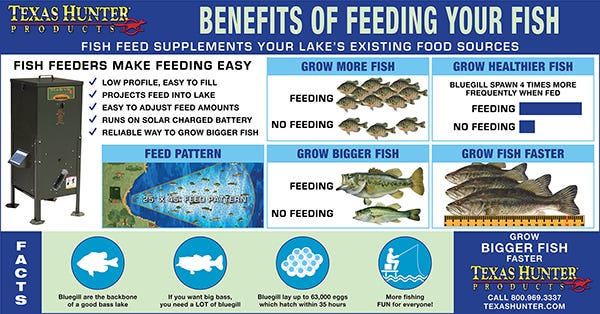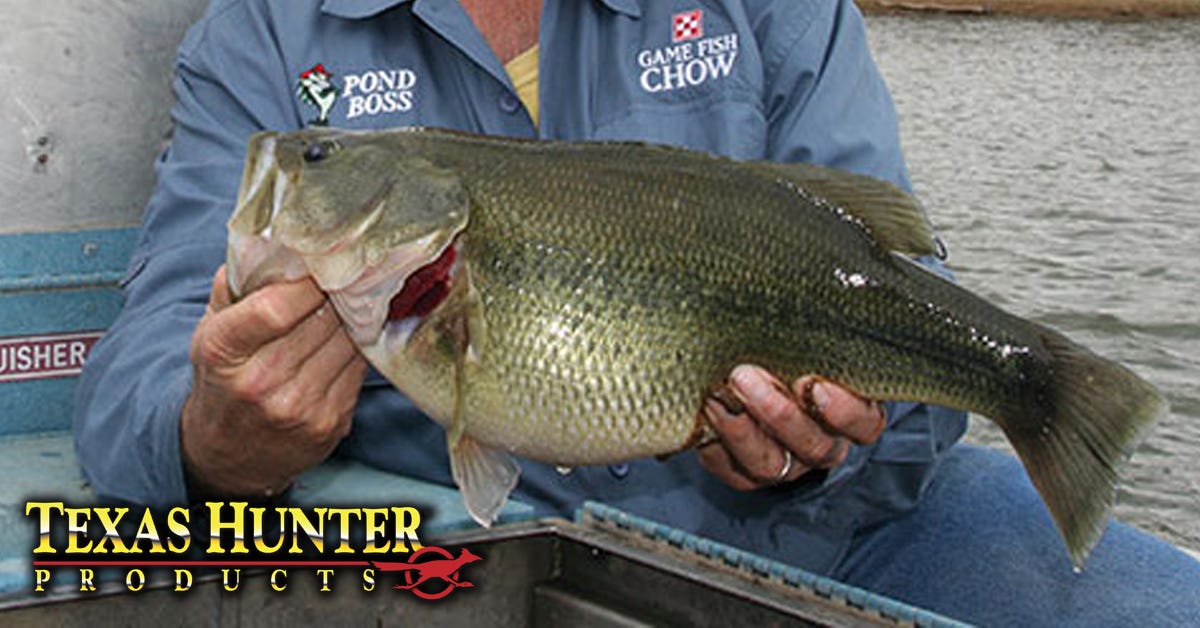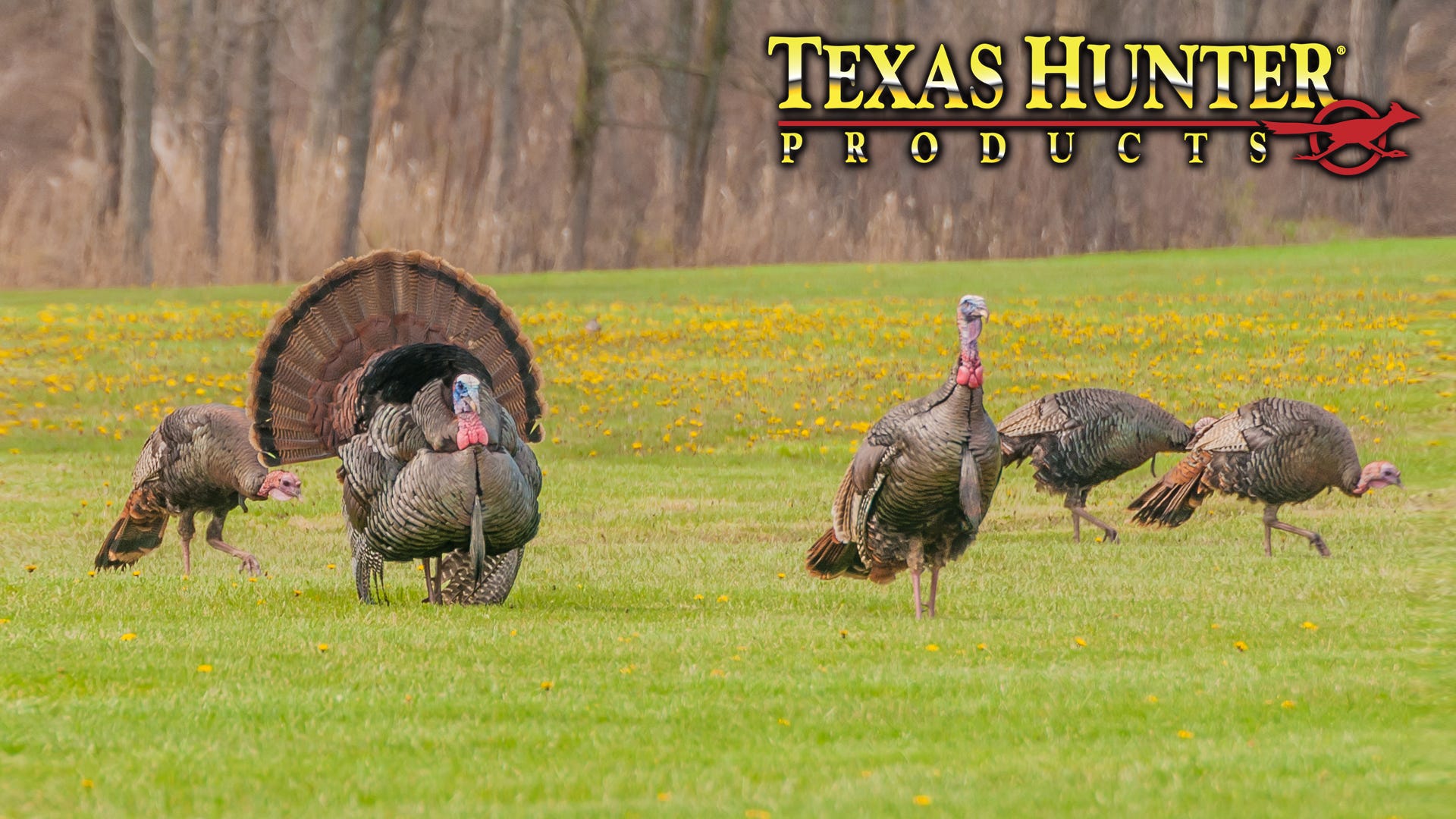- Feb 24, 2020
Creating Soft Edges to Improve Deer Habitat
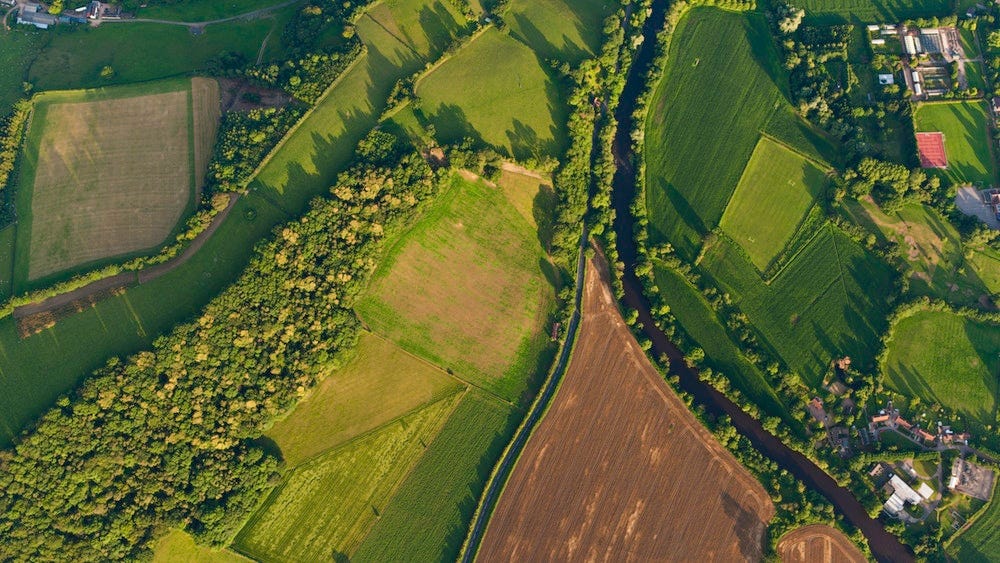
How To Create Your Property's Soft Edges to Improve Deer Habitat
As symmetrical and "right" as the above property appears, it's not what deer hunters should aspire to.
When you look at your land, what do you see? Field, forest and food plots? The most successful and knowledgeable deer and deer-habitat managers view their properties not as a block of individual microcosms, but as a single living organism in which one part depends on another. In other words, they don’t just see the most obvious and most basic components of their land. They look at the big picture.
That picture doesn’t just show fields and forests. It shows edges, one of the most neglected and least understood part of the management equation.
Why Edges Matter
Those places where field meets forest are as important as any other piece of the habitat puzzle. Edges don’t just provide abundant native food, they provide cover, one of the most important ingredients in keeping deer on your property. Deer use them as staging areas of sorts, a place to snack before heading to a food plot while they scan the open ground for danger.
Some edges are superior to others. There is nothing inherently wrong with what wildlife managers call “hard edges.” The abrupt change from open field to mature forest isn’t hurting anything, at least not biologically speaking. One thing is certain, though: Hard edges don’t help.
That thin line between field and mature forest isn’t much different than the rest of the forest. There is little plant life within reach of a deer thanks to a lack of direct sunlight.
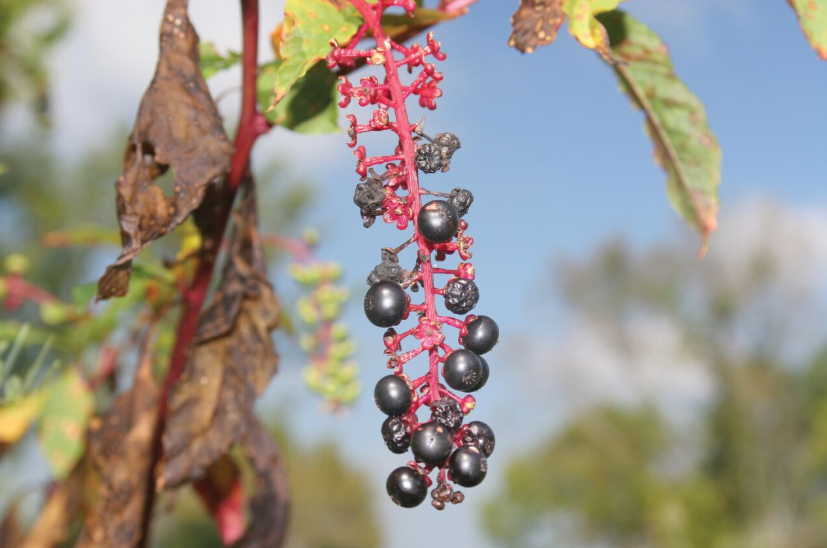
A wide variety of plants need abundant sunshine, something they often don't get where field meets a mature forest. By softening the edges, you will automatically encourage high-quality plants to grow where they didn't before. That will draw and hold more deer on your property. Photo: David Hart
What Is A Soft Edge?
A soft edge, a gradual transition from open ground to forest, gets lots of sun exposure and can be one of the best food plots you can create. And you don’t have to do much of anything once it becomes established. It will contain a diversity of plants that will provide abundant forage all year, even when your food plots are dormant or gone all together. The dense cover created by soft edges not only provides a year-round buffet, it can be a high-quality bedding area and fawning area.
The ideal soft edge habitat consists of a stair-step of plant communities. As you move towards the field, the habitat becomes shorter. For instance, the first strip closest to the mature trees should be a community of younger or shorter trees, anywhere from 10 to 20 feet tall. The next row should be about half that height and should consist of thickets of such things as blackberries, shrubs and vines like greenbrier and honeysuckle. Grasses, wildflowers and other shorter plants should make up the outer edge that meets the field itself. That gradual change provides a wide range of foods for deer, plus cover for a variety of non-game and game species, including deer, turkeys and quail.
Creating that well-defined, stair-step effect isn’t critical. What matters is that you do something to eliminate the abrupt change from open field to mature timber that surrounds your clearings.
How to Soften Your Property's Edges
One simple solution to create soft edges is to stop mowing, planting or otherwise disturbing the native plants that attempt to grow on those edges. By allowing nature to take over, you will see a gradual but steady resurgence of a variety of beneficial plants. Young trees, shrubs, native grasses and other plants will spring up, creating a diverse buffer between field and forest. Make sure you kill any troublesome plant growth like fescue, though. Removing unwanted grass can speed up the transition process.
No matter what you do, be patient. That do-nothing process can take years, but it will eventually evolve into high-quality edge habitat with a blend of trees, shrubs, vines and other plant communities. Over time, it will revert back to a mature forest if you let it.
Be careful, though. You may get a rapid influx of “junk” trees that provide little benefit to wildlife. Sweetgums and pines, both “pioneer” species, can overtake the landscape if left unchecked. Control them with a non-selective herbicide like Roundup. Just make sure you learn to identify young trees before you start killing them.
An even faster way to create quality edge habitat is to cut a strip of mature trees along those hard edges. And then do nothing. By removing a swath of mature timber at least 30 feet back from the edge of your fields, you allow sunlight to reach the ground where it didn’t before. Few things are as important to plant growth as sunlight. That light stimulates a plethora of plants that wouldn’t be able to grow otherwise. New trees, shrubs, vines, native grasses and other beneficial plants will spring up, often within weeks during warmer weather.
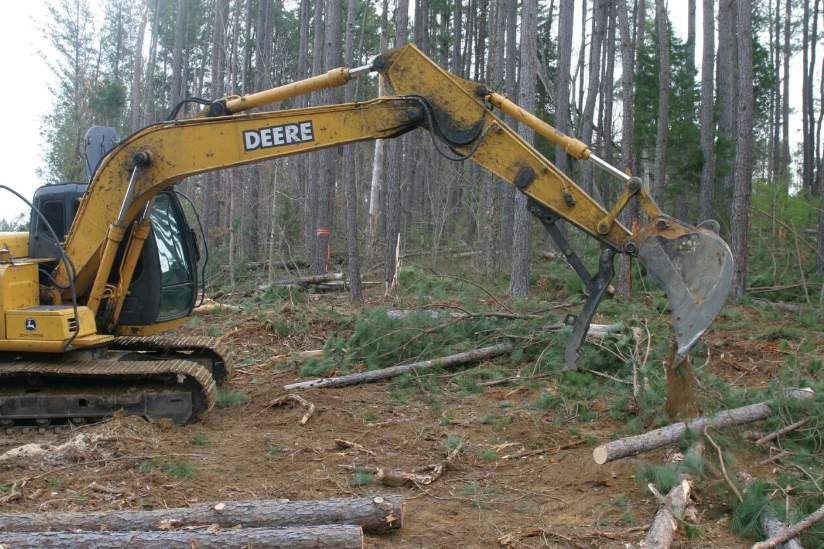
Cut the trees back from the edge of your fields and then either do nothing and let new growth come up or plant shrubs and fruit-bearing trees to create a soft edge. Photo: David Hart
The stumps left behind will send up new shoots of tender young stems and leaves almost immediately, as well. That is prime whitetail food. Native soft mast plants like blackberry and raspberry will also thrive in the new open ground. Deer not only eat the berries, they browse the tender young shoots and leaves that develop in the spring. Over time, those berry canes will send out rhizomes, forming large stands of dense, nearly-impenetrable cover. That’s exactly what you want. Deer will utilize areas where they feel safe, including thick cover where they can hide from predators, including you.
Japanese honeysuckle is abundant in a large part of whitetail country. Although it is a non-native, invasive plant, it is high in protein and a valuable mid-winter food source. Even better, it thrives on field edges where it gets abundant sunlight. Because it is a vine, it grows up anything it can, including trees, fences and even old buildings, providing a high-quality food source that is always in reach. Left unchecked, honeysuckle can form dense thickets that not only serve as a deer buffet, but as good bedding and fawning cover.
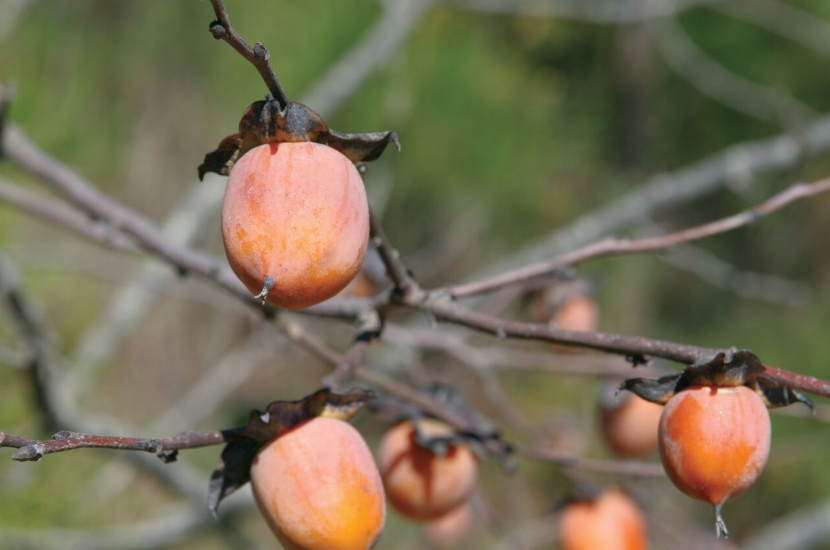
Native fruit-bearing trees thrive along edges. They may grow on their own, but consider planting persimmons, apples or crabapples to speed the process. Photo: David Hart
If removing a large number of trees isn’t an option, consider hinge-cutting some along your field edges. By cutting a tree just enough that it falls over without cutting all the way through it, you not only allow additional sunlight to reach the ground, you create a living brush pile for a variety of smaller birds and mammals. (Remember, you aren’t just a deer manager, you are a habitat manager. What’s good for songbirds, rabbits and quail is usually beneficial to deer.) That tree will die eventually, but before it does, vines, grasses and other beneficial plants will grow in and around the fallen tree, creating a jungle of cover.
Choose trees that lean toward the field and cut only those that will lay the right distance into the field. That distance depends on how much field you can or are willing to surrender, but generally, more is better. Remember, the idea is to create additional food by allowing sun to reach the ground and by allowing plants to grow undisturbed, plus additional cover to serve as bedding and fawning areas.
Any tree species can be beneficial but some, like cedars, create better habitat for smaller birds and mammals. Sassafras, elm, and maple not only provide cover, they will continue to produce buds and tender young leaves, both of which are great deer forage.
You’ll need to learn to identify various tree and shrub species so you can know which ones are beneficial and which ones are taking up valuable space. A field guide or an app on your smart phone can take the guesswork out of that. By learning more about your land, you not only become a better manager you become a better hunter.
Content credit to David Hart, Grand View Outdoors


